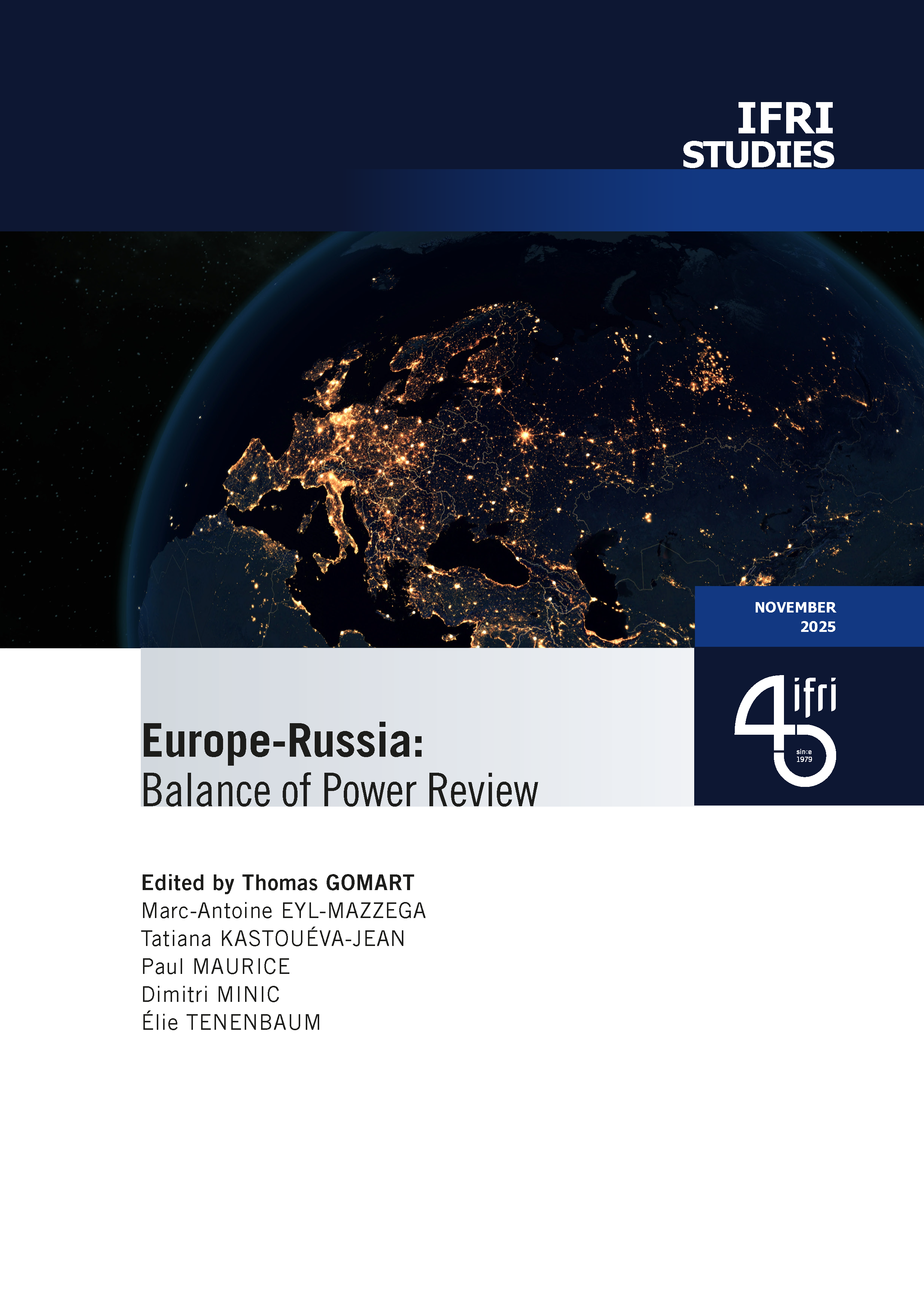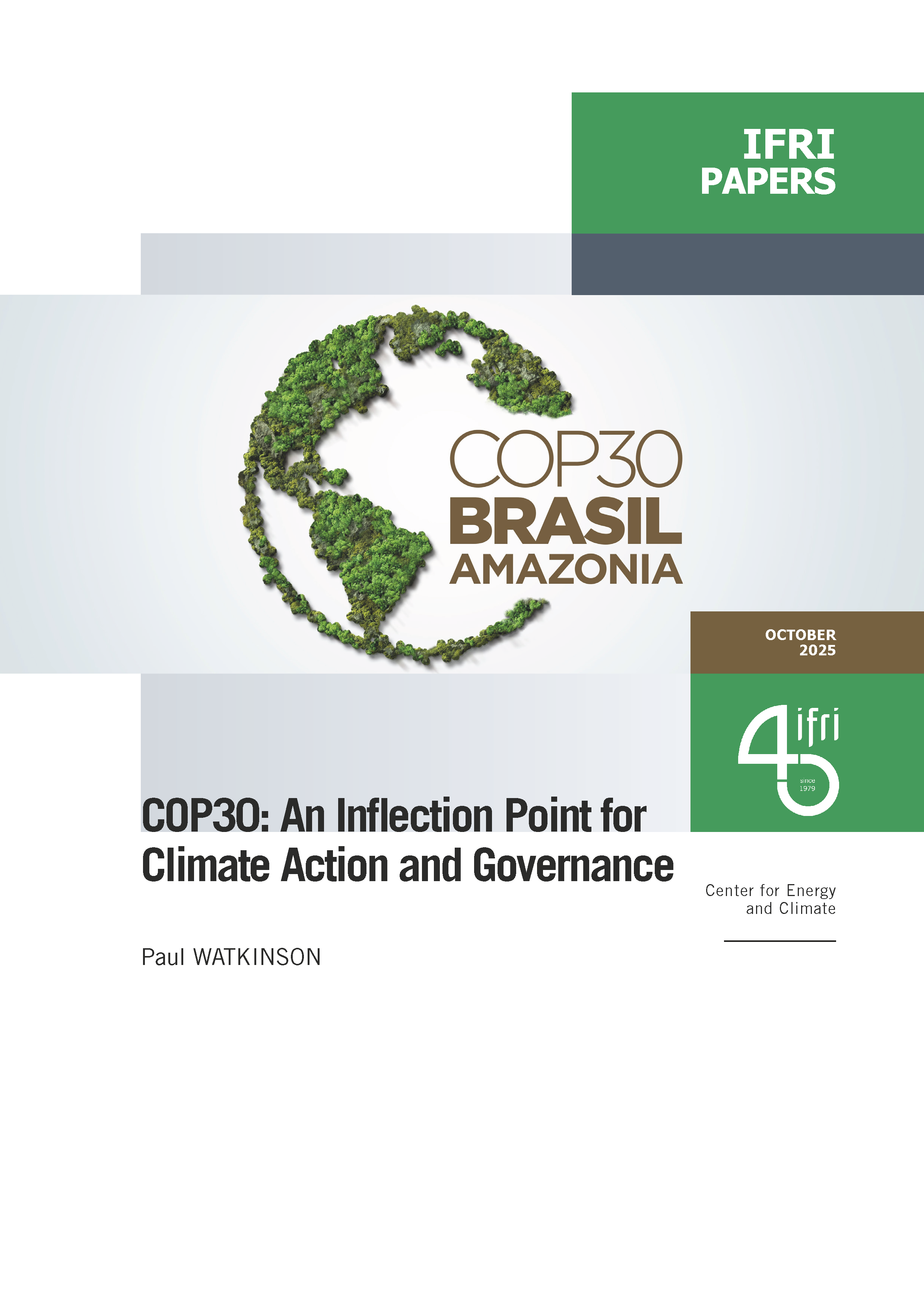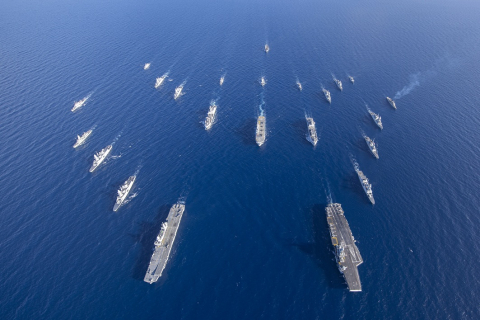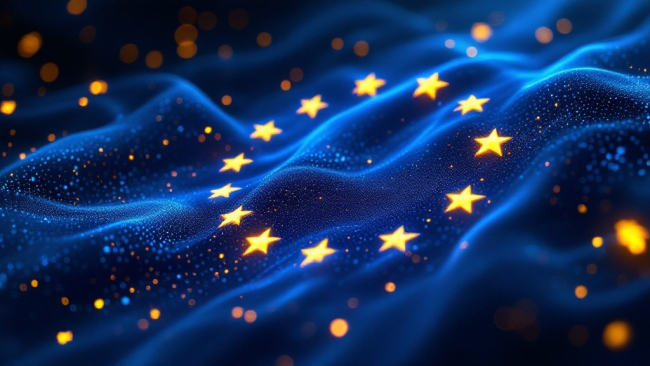Open Innovation in Defense. Passing Fad or New Philosophy?

The use of civilian technologies on the battlefield—one of the lessons that can be drawn from recent conflicts—is attracting growing interest from the armed forces of France and other nations. The growing number of examples of effective integration of civilian technologies into the armed forces, including during conflict, shows the importance of open innovation and the acceleration of the international race toward innovation in the defense industry.

The war in Ukraine offers several practical examples of the operational added value that open innovation can offer. A case in point is the GIS Art for Artillery smartphone app, the deployment of which was speeded up after Ukraine was invaded by Russian forces, and which enables Ukrainian soldiers to order an artillery strike by entering the GPS coordinates from their phones.
Under certain conditions, open innovation in defense can therefore reset or even reverse the balance of power. Its goal is to detect, stimulate, and capture civil society innovations and, via short cycles, integrate them into force structures so as to seize opportunities or respond to challenges on the ground. For states, this mode of innovation now seems to be the norm, without raising questions about the way armament operations are conducted.
More than just a passing fad resulting from the development of “agile methods” imported from the civilian world, open innovation in defense has become vital to ensuring operational superiority. It strengthens arguments in favor of a “new philosophy” for France’s Defense Technological and Industrial Base (DTIB).
This content is available in French: L’innovation ouverte de défense. Effet de mode ou nouveau solfège ?
Download the full analysis
This page contains only a summary of our work. If you would like to have access to all the information from our research on the subject, you can download the full version in PDF format.
Open Innovation in Defense. Passing Fad or New Philosophy?
Related centers and programs
Discover our other research centers and programsFind out more
Discover all our analysesThe Sustainability of Space Operations: An Opportunity for European Leadership?
As space becomes a key arena for power projection strategies, while facing growth and diversification of orbital activities, the concept of “space sustainability” is emerging as a new framework of analysis for space governance.
The “Huawei Saga” in Europe Revisited: German Lessons for the Rollout of 6G
While the European Union attempted to coordinate a collective response through its 5G Toolbox in Europe’s 5G infrastructure, member states diverged significantly in balancing political, economic, and technological considerations. Germany, despite its economic ties to China and status as Europe’s largest telecom market, only reached a tentative agreement in July 2024—one that appears largely symbolic.
European Startups and Generative AI: Overcoming Big Tech Dominance
Europe is at a crossroads. Faced with the domination of American Big Tech across the entire generative Artificial Intelligence (AI) value chain, from foundation models to cloud infrastructure, distribution channels, and open source, it risks long-term technological and economic decline. Yet generative AI also represents a major opportunity for economic transformation, with a potential value estimated at 1.5 times France’s gross domestic product (GDP). To turn it into a driver of renewal, Europe must move beyond the illusion of total technological independence and instead build an ecosystem that leverages Big Tech resources while strengthening its own innovation capabilities.
A "DeepSeek Moment"?
DeepSeek, hailed as a champion of Chinese AI, represents less a revolution than a significant optimization of existing technologies. Doubts remain regarding the figures put forward by the start-up, inviting a more measured response to the media hype surrounding China’s technological catch-up. Nonetheless, DeepSeek signals the need to question an economic model based solely on the race for computational power. By betting on open innovation, Europe can carve out its own path in a competition that is far from being a zero-sum game.










